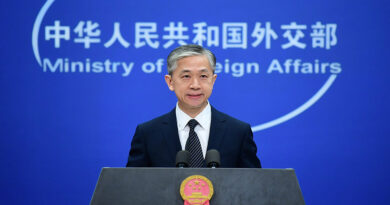Percussion, Axis of the Cuban Essence of Jazz
 Havana, Dec 21. -Veterans and youth mixed it up with their talent and knowledge during the 6th International Colloquium of the Jazz Plaza 2010 Festival, which just concluded in the Cuban capital.
Havana, Dec 21. -Veterans and youth mixed it up with their talent and knowledge during the 6th International Colloquium of the Jazz Plaza 2010 Festival, which just concluded in the Cuban capital.
For three days, lectures, presentations, book launches and films culminated in a special presentation by elite figures from Cuban percussion, such as José Luis Quintana "Changuito", Enrique Plá, Yaroldys Abreu and Oliver Valdés.
At the historic venue for these festivals, the Plaza Cultural Centre, participants once again carried out a top-quality exercise in intellect and sound. One of the speakers was Chico O´Farrill, a Cuban patriarch as well in jazz, via his son Arturo.
The best testimony that this reporter can give of the events of the past few days in the Havana neighbourhood of El Vedado was the panel discussion I moderated, Percussion in the Genesis and Development of Latin Jazz, although I noted in the introduction that I prefer to call it Latino Jazz.
Having Don Pancho Terry, Giraldo Piloto and Yaroldys Abreu sitting at the same table was a source of real pride: The first, a veteran, is the great maestro of the shekere and an innovator and soloist in his interpretation of jazz. For good reason, Wynton Marsalis invited him to be part of his band during a recent visit to Cuba.
Piloto, of the intermediate generation, is the leader of the band Klimax, a composer, arranger and producer, a man with profound knowledge of the drums and a privileged heir of his uncle Guillermo Barreto, a jazz legend in Cuba.
Abreu, the youngest of the speakers, is a worthy successor to the much-admired Chano Pozo, Tata Güines and Angá, and he is now showing, along with Chucho Valdés and his first-rate quartet, the direction being taken by the tumbadora (conga drum) in contemporary jazz.
With reverence, the speakers referred to Ubaldo Nieto and Francisco Aguabella, percussionists in the band of Frank Gillo (Machito) in 1943, when one of the foundational anthems of Latino jazz was born out of improvisation – Tanga.
Other references were Israel Rodríguez, the first conga placer to share the stage with the Arsenio Rodriguez band in 1940, and Carlos Vidal, who appeared with Machito and his Afro-Cubans in 1943, three years after that band was created.
Those who were now paying them tribute provided excellent information and analysis, confirming the truth of the headline to this article: percussion was the axis of the Cuban essence of jazz. (Prensa Latina)


